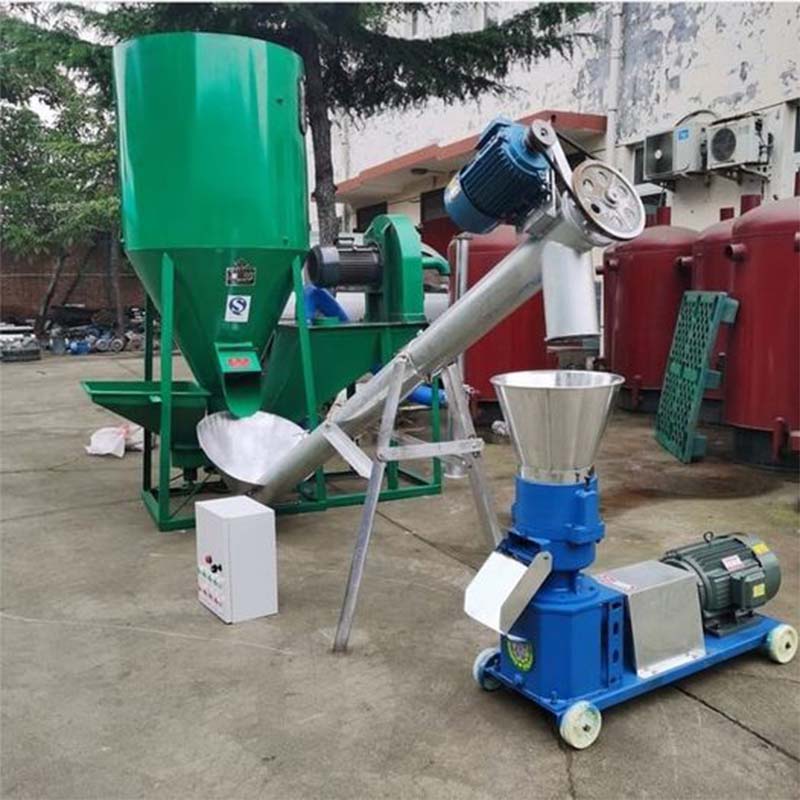continuous vacuum packaging machine
Dec . 18, 2024 17:06 Back to list
continuous vacuum packaging machine
The Importance of Continuous Vacuum Packaging Machines in Modern Food Processing
In the fast-paced world of food processing and packaging, maintaining product quality and extending shelf life are of utmost importance. One technological advancement that has revolutionized this sector is the continuous vacuum packaging machine. This sophisticated piece of equipment has become essential across various industries, offering numerous benefits that enhance the efficiency and quality of food storage.
What is a Continuous Vacuum Packaging Machine?
A continuous vacuum packaging machine is designed to automate the process of sealing food products in airtight bags. Unlike traditional batch vacuum sealers, which operate one unit at a time, continuous vacuum packaging machines can process multiple products continuously. This is achieved through a conveyor system that feeds the products into the machine, where they are vacuum-sealed using heat and pressure, ensuring a tight seal that prevents air and moisture from entering.
Benefits of Continuous Vacuum Packaging
1. Extended Shelf Life One of the primary advantages of using a continuous vacuum packaging machine is the significant extension of product shelf life. By removing air from the packaging, the growth of aerobic bacteria and molds is inhibited. This not only helps in maintaining the freshness and quality of food but also reduces food waste, a critical concern in today’s society.
2. Improved Product Quality Vacuum packaging helps to preserve the nutritional value, flavor, and texture of food products. The absence of air prevents oxidation and dehydration, ensuring that the products remain in peak condition for a longer duration. This is especially important for perishable goods such as meats, cheeses, and vegetables.
3. Cost-Effectiveness While the initial investment in a continuous vacuum packaging machine can be substantial, the long-term savings are significant. By reducing waste and enhancing product quality, businesses can improve their bottom line. Furthermore, the automation of the packaging process means lower labor costs and increased productivity.
continuous vacuum packaging machine

4. Versatility Continuous vacuum packaging machines can be used for a wide range of products, including solids, liquids, and powders. This versatility makes them suitable for various industries, including food, pharmaceuticals, and electronics. The ability to customize the packaging process allows companies to cater to specific product requirements, further enhancing their efficiency.
5. Enhanced Safety and Hygiene In an era where food safety is paramount, vacuum packaging helps to create a barrier against contaminants. The airtight seal protects the product from external environmental factors, thus ensuring compliance with safety regulations. Additionally, the automated nature of continuous vacuum packaging minimizes human contact, further reducing the risk of contamination.
The Future of Vacuum Packaging Technology
As technology advances, the future of continuous vacuum packaging machines looks promising. Innovations such as smart sensors and IoT integration are expected to enhance the operational efficiency of these machines. For instance, real-time monitoring of the packaging process can ensure that products are sealed correctly and that any deviations are promptly addressed.
Moreover, the growing demand for sustainability in food packaging is prompting manufacturers to develop more eco-friendly materials and processes. Continuous vacuum packaging machines are at the forefront of this movement, as they can be adapted to use biodegradable or recyclable packaging materials, aligning with consumer preferences for environmentally friendly products.
Conclusion
Continuous vacuum packaging machines represent a significant leap forward in food processing and packaging technology. Their ability to extend shelf life, improve product quality, and increase efficiency makes them invaluable in today’s competitive market. As industries continue to evolve, embracing innovation and sustainability will be crucial. Continuous vacuum packaging machines not only meet current demands but also pave the way for a more sustainable and efficient future in food packaging.
-
Hot Sale 24 & 18 Door Rabbit Cages - Premium Breeding Solutions
NewsJul.25,2025
-
Automatic Feeding Line System Pan Feeder Nipple Drinker - Anping County Yize Metal Products Co., Ltd.
NewsJul.21,2025
-
Automatic Feeding Line System Pan Feeder Nipple Drinker - Anping County Yize Metal Products Co., Ltd.
NewsJul.21,2025
-
Automatic Feeding Line System - Anping Yize | Precision & Nipple
NewsJul.21,2025
-
Automatic Feeding Line System - Anping Yize | Precision & Nipple
NewsJul.21,2025
-
Automatic Feeding Line System-Anping County Yize Metal Products Co., Ltd.|Efficient Feed Distribution&Customized Animal Farming Solutions
NewsJul.21,2025






